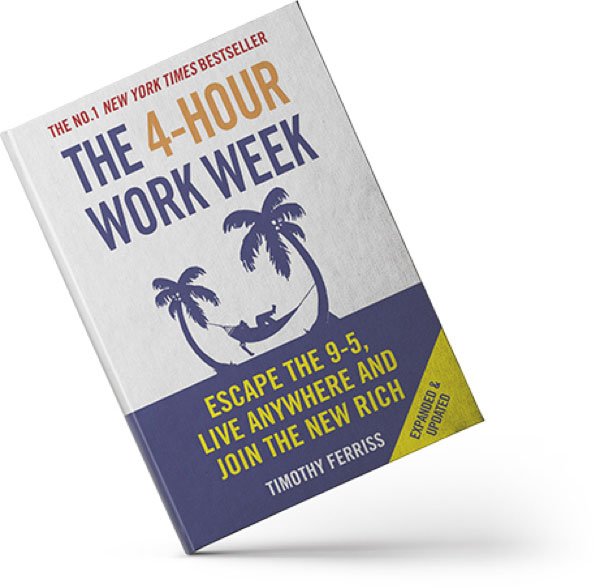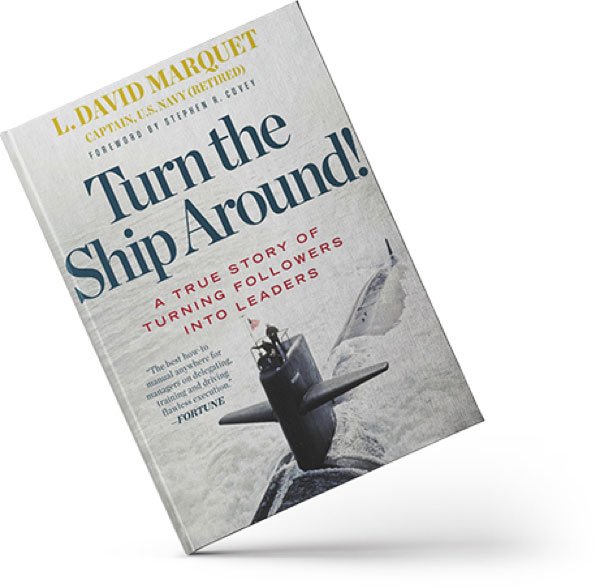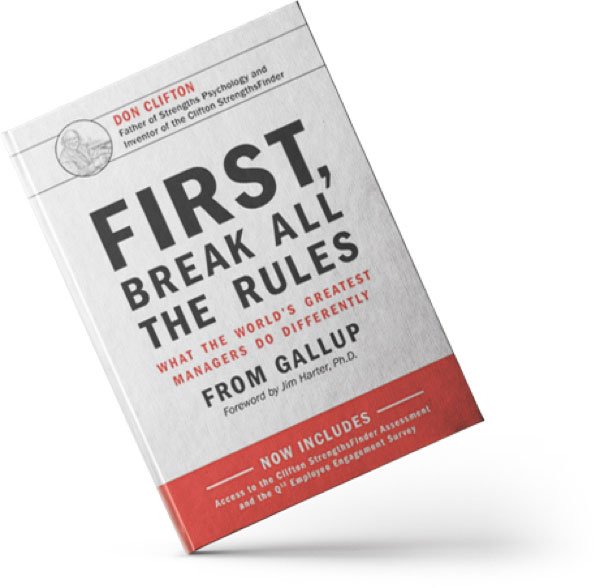Raising cash is a massive distraction for any business – almost a full-time job in its own right. First, you must build up a network and pitch; next, you must negotiate while deciding whether to go for – or reject – what’s likely to be a pivotal deal. Finally, you have to manage the relationships with your backers.
Hugo Tilmouth, 24, is CEO and co-founder of ChargedUp, a company that provides shareable phone-charging power banks. Since launching the business in 2017, he and his team have raised £3.5m from top London investors. Backers including JamJar – the investment project from the founders of Innocent Smoothies, The Garage Soho – run by Tom Teichman and Sir John Hegarty, and Jagermeister’s venture fund.
So, over the past four years, the co-founder – recently named in the Forbes 30 Under 30 Europe list – has learnt an enormous amount about raising capital.
THE CHARGEDUP STORY
Before we hear his key learnings, let’s look at how ChargedUp came about. The story began at Lord’s Cricket Ground in 2017 when Hugo was expecting a call about a last-stage job interview. While watching England bat, he became painfully aware that his phone was running out of battery. With no charging solution available, he had to visit a corner shop and splash out on a new powerpack.
Knowing there must be thousands of people out there facing the same kind of situation each day, Hugo came up with the idea of shareable phone-charging power banks.
Since then, ChargedUp has grown into a network of power banks in more than 3,000 locations. Customers download the app, visit one of the sites and scan a unique code. Your phone then automatically unlocks a battery. You can take that battery away, charge up with it, and drop it back to any other station in the network. The rental price is £1 per hour, or a maximum of £3 a day.
INTRODUCING CLEANEDUP
However, there’s more to the story. When Covid hit, the ChargedUp team had to pivot. Demand for their phone-charging stations disappeared overnight. The drop in demand was almost certainly temporary, but who knew how long it would last? They needed a new plan to survive this most violent of curveballs.
So they devised CleanedUp – a network of hand-sanitiser stations in public spaces and offices. By the end of May 2020, CleanedUp had sold 4,000 of its hand-sanitiser units, including 1,800 to Transport for London. And by the start of 2021, Hugo and his team had sealed deals to install CleanedUp units in more than 45,000 venues. Furthermore, Hugo expects to add ChargedUp units to most of these venues in due course.
HOW TO WIN BACKERS
Lesson #1: Hustle. Prove you’re onto something
Hugo says: “To attract investors you have to hustle and problem-solve on a shoestring to prove your business model. That’s what excites investors. They want to see that you’ve taken a small amount of money and done a lot with it. Winning backers is all about building momentum. We started to build our momentum with a series of tests at music festivals. Once we’d come up with our concept, we tried to figure out a quick way of testing whether people would want to use this thing and pay for it. So, we went to festivals with credit card machines and lots of batteries. We rented out the batteries and sold out within a few hours.”
Lesson #2: Build your network
“Our experience with the investment game was to figure it out from scratch. We tried all sorts of tactics – we were very scrappy early on. We even used a LinkedIn bot to add people with ‘investor’ in their title to our network.
“We also pitched all over London and applied to as many start-up accelerator schemes as possible. By doing that we won £15,000 through Shell’s LiveWire and O2’s Think Big programmes. That cash injection allowed us to create our prototypes and test the concept in the market. Next, we won a small piece of investment from Daedalus Capital Partners which allowed us to launch in London, creating our first charging station at the Big Chill Bar in Brick Lane and a further 50 sites.
“Start-up accelerators are fantastic for growing your network fast. If you join a good one you’ll unlock a great investment network. For example, we have a close relationship with The Founders’ Factory, which has a network of around 150 start-ups. I can reach out to any of those businesses to ask for an intro or advice.
“The rest of our network has been built up from investors introducing us to other potential investors. To get those introductions, you need to be personable and respectful. If you are, you can ask for introductions and quickly grow your network.”
Lesson #3: Do your research on potential investors
“Read up on what investors want. It’s a two-way relationship: they’re selling to you and you’re selling to them. We tend to think of entrepreneurs as beggars trying to prise money off the investor gods, and that’s how it feels at first. But investors also have targets to hit. They need successful entrepreneurs.
“Also, it’s a numbers game. You have to kiss many frogs before you find your prince. Lots of investors will say: ‘This is not for us right now. Come back when you’ve got more traction.’ And when you do come back after gaining some momentum, they start to take you more seriously. But it’s never too early to start talking to investors.”
Lesson #4: Start looking for investors BEFORE you need the cash
“It’s much easier to build connections when you’re not fundraising. Imagine you’re an investor. If you were to receive an approach from a founder you’d never met asking for £1m in the next month, you’ll be sceptical. But if you’ve known that entrepreneur for six months and seen their story build, you’re more likely to consider them.
“So, build bridges early – ideally six months before you start to raise or earlier. Get the conversation going by asking for advice and starting to tell your story. That way, when it’s time to raise, your potential investors will have enough data on you to consider your proposition.”
Lesson #5: It takes longer than you think
“Raising money always takes longer than you think. Everyone underestimates timescales because a huge amount of work is needed to prepare. You have to do all your due diligence, get the model right, perfect the investment deck – both the short deck and the long deck – and prep the financials. Everything needs to be so so good before you start going out. And then there’s the process of setting up all those meetings.”
Lesson #6: Planning the process well empowers you
“There’s a brilliant YCombinator article that everyone interested in this subject should read. It puts the stages of the fundraising process into categories. Ultimately, the article’s point – which I fully endorse – is you should try to hold all your first fundraising meetings within a week, all your second meetings within another week, and all your third meetings within a third week. That way, all the terms sheets will land roughly simultaneously, which gives you leverage over the VCs. If you’ve only got one offer in front of you then you’re in a much weaker position.”
Lesson #7: Expect a tougher time from VCs
“Investors from family offices and angel investors are generally less stringent with their due diligence than venture capitalist (VC) investors. With VCs, there are more hoops to jump through. But having a VC in your fundraising round will give it a stamp of approval. That’s how we’ve structured all our rounds so far: a VC to lead it and additional support from angels or family investors. Having a good law firm to support you in your negotiations is also helpful.”
Lesson #8: It’s like a marriage – make sure you like each other!
“The people you’re bringing in as investors may well sit with you for five, even ten years. You’ll spend lots of time with them discussing strategy, who to hire and who to fire. It’s vital that you get on with and trust these people. If you have a bad actor on the board who’s not aligned with your aims, or who’s prone to throwing their toys out the pram, it can be super-stressful and detrimental to the business. So, spend time getting to know your potential investors and make sure you’re all on the same page. You could be married to these people for a long, long time! Make sure you get on.”
Lesson #9: Good communication builds trust
“Excellent communication is the best way to manage your investors. When we decided to pivot from ChargedUp to CleanedUp, our tactic was to over-communicate. We were regularly in touch with our investors to discuss our plans and reactions to Covid. Even if they don’t like your decision, if you’ve kept them fully in the loop, they will feel involved. If I’d not picked up the phone for a month and suddenly announced we were selling hand-sanitiser, they’d probably have thought I’d lost my mind.
“Having a clear information-sharing plan with investors is also important. Both parties need to know what’s expected. Then, make sure you follow the plan. If you’ve committed to quarterly updates including P&L statements and management accounts, get those across on the right day every time without fail.”
DEAL DONE – TIME TO LOOK FORWARD
ChargedUp is a brilliant example of a start-up that’s successfully raised money from several top-quality sources. As Hugo’s story proves, getting initial traction with investors is one of the toughest but most vital steps – only then can you sell your offer to the investment community.
Another pre-requisite is building a strong network of potential investors – a job best done months before you need to actually raise funds. Then, further down the line, carefully planning your fundraising’s timings puts you in a strong position. When done well and with a following wind, a handful of offers will land simultaneously, allowing you to negotiate harder and better. Finally, having done all that and sealed the deal, you can start to look to the future with your new investment partner. And as you work towards your mutually agreed goals, communicating clearly and often is the best way to ensure a fruitful relationship.




















